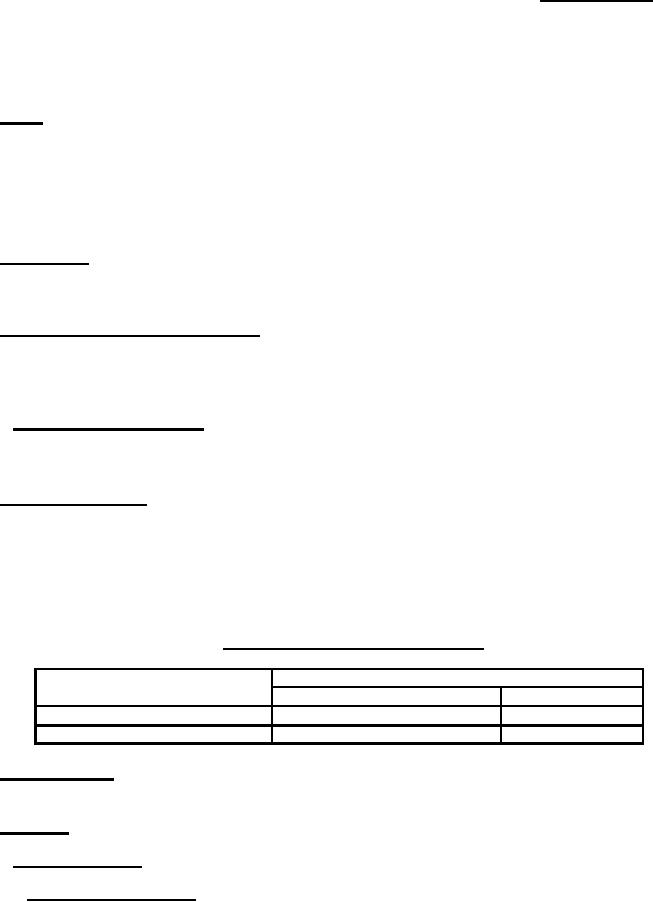
METHOD 4252.1
March 22, 2001
COLOR SPECIFICATION FROM PHOTOELECTRIC TRISTIMULUS DATA
1. SCOPE
1.1 Scope. This method utilizes data from photoelectric tristimulus calorimeters to specify colors
of nonfluorescent specimens, in approximate accord with the 1931 CIE (I.C.I.) standard observer
and standard source C (average daylight). Accurate color measurement of test specimens by this
method is possible only when the instrument is properly calibrated using manufacturer supplied
color standards that have spectral characteristics similar to those of the specimens.
2. APPARATUS
2.1 Components. The apparatus, in which specimens are illuminated and viewed under controlled
geometric conditions, should consist of an incandescent lamp source, one or more photocells, and
an appropriate tristimulus-filter set.
2.2 Illuminating and viewing conditions. The directions of illuminating and viewing measured
from the perpendicular to the illuminated face of the test specimen should be within 10 degrees of
those indicated in table I. The illuminating and viewing conditions may be interchanged without
altering results.
2.2.1 Reflectance measurements. For reflectance measurements, instruments having either of the
viewing geometries listed in table I are permitted. Diffuse reflectance measurements of glossy
specimens should be made with or without inclusion of the specular component of reflected flux.
2.3 Tristimulus-filter set. Filters of the tristimulus-filter set should be interposed in succession
either between the source and the test specimen or between the test specimen and the viewing
photocell. Alternatively, several photocells should be used and each filter of the set should have its
own photocell. The filter set should be designed to produce source-filter photocell response
functions that will give calorimeter readings directly proportional to the CIE tristimulus values, X,
Y, and Z, or to produce response functions such that the CIE tristimulus values can be derived from
the calorimeter readings.
TABLE I. Illuminating and viewing conditions.
Geometric directions
Measurement
Illuminating
Viewing
0°
180°
Transmittance
0°
45°
Reflectance
2.4 Standard source. The equivalent of CIE standard source C should be used to obtain the colors
of specimens for average daylight.
2.5 Standards.
2.5.1 Primary standards.
2.5.1.1 Transparent specimems. For transparent specimens, the primary standard is the source.
FED. TEST METHOD STD. 141D
1
For Parts Inquires call Parts Hangar, Inc (727) 493-0744
© Copyright 2015 Integrated Publishing, Inc.
A Service Disabled Veteran Owned Small Business